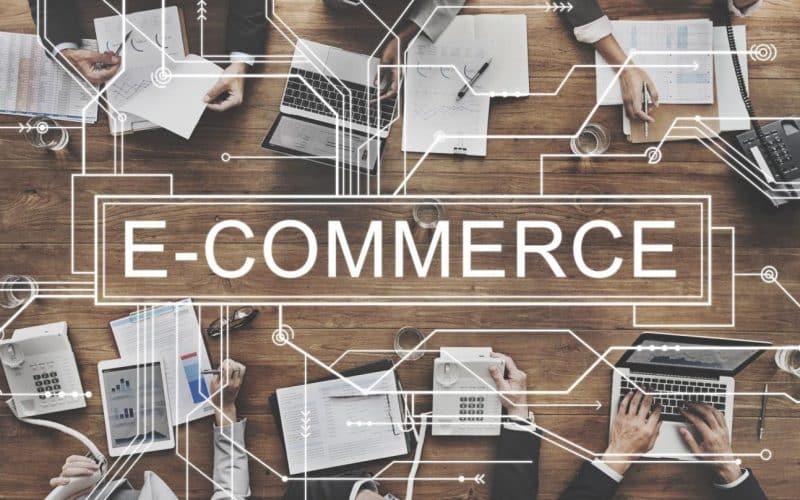Did you know that the entire internet has over 26 million ecommerce stores? And the number is continuing to grow as more businesses turn towards online selling.
As more B2B companies start to realize the potential of selling online, competition is becoming fierce. That’s why it’s crucial for businesses to have a strong and well-thought-out e-commerce strategy in place.
To help you develop an effective B2B ecommerce strategy, here are four key components to consider. Read on to learn more.
1. Target Audience
Before creating any ecommerce strategy, it’s essential to identify your target audience. In the B2B space, this includes businesses or professionals looking to buy products in bulk. Understanding their needs and pain points will help you tailor your strategy.
Consider conducting market research or analyzing data from your existing customers. This will help to gain insights into their behavior and preferences. Doing this will allow you to create experiences that resonate with your audience. This will make them more likely to convert.
2. User Experience
A seamless and user-friendly ecommerce experience is crucial for B2B companies. These buyers are looking for efficiency and convenience when making purchases. It’s essential to have an intuitive website layout and streamlined checkout process.
Additionally, incorporate features such as personalized pricing and account-specific catalogs. This can enhance the buying experience for B2B buyers.
3. Customer Support
In the B2B world, relationships play a crucial role in business transactions. That’s why providing exceptional customer support is vital for a successful ecommerce strategy.
Make sure to have various channels available for customers to reach out to. This can include phone, email, and live chat support.
Additionally, consider implementing self-service options. This can include FAQs and tutorials. This is to empower your customers and reduce the burden on your support team.
Have a dedicated customer support team to handle inquiries and resolve issues on time. This can leave a positive impression on your customers and increase customer experience satisfaction.
4. Product Information Management (PIM)
Lastly, a robust PIM system is essential for B2B ecommerce success. As B2B products often have complex features and specifications, it’s crucial to provide accurate and detailed product information to customers. A PIM system can help you centralize and manage all your product data, ensuring consistency across all channels.
Moreover, with the rise of omnichannel selling, having a PIM system in place can help you deliver a seamless experience to customers across all touchpoints. To help you learn more about this, check out this article about what is PIM for b2b.
Essential Components for a B2B Ecommerce Strategy
Building a successful B2B ecommerce strategy takes time, effort, and continuous evaluation. By considering these key components, you can create a strong foundation for your ecommerce business. This will also help you stay ahead of the competition.
Remember to constantly analyze data and gather feedback from customers. Make sure to adapt your strategy accordingly to ensure long-term success. With the right strategy in place, your business can reach new heights and achieve its goals.
Do you love reading informative content like this? If you do, keep browsing our site to find more useful information.






